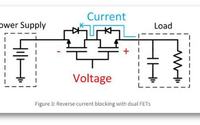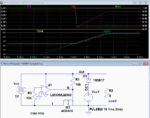franekz
Junior Member level 2
Hi Guys, I work now on a dual power design: USB and mains. I need to protect USB power line against a reverse current flow, but the simplest methods (diode, Schottky) have quite high voltage drop. Is it a good idea to use P-channel MOSFET? Will be the voltage drop lower? Or maybe some other ideas?
Unfortunately it is a quite "price sensitive" design and I look for not to expensive solutions.
Thank you
Peter
Unfortunately it is a quite "price sensitive" design and I look for not to expensive solutions.
Thank you
Peter



